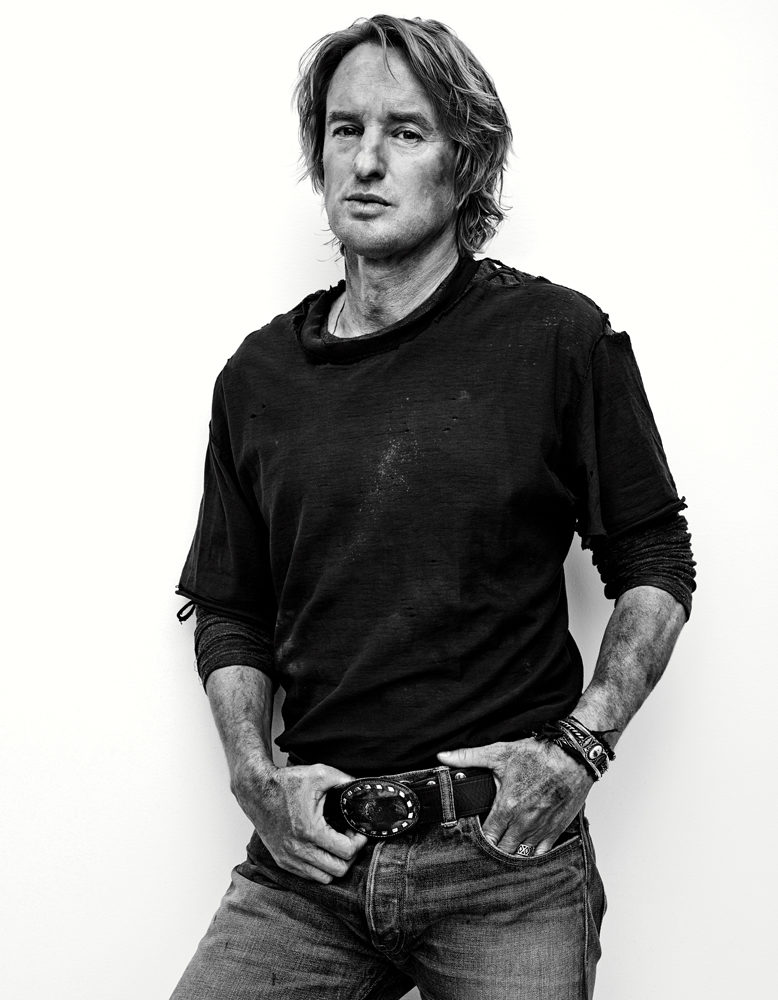Could Owen Wilson's nose be one of Hollywood's most distinctive features? A bold statement suggests that imperfections often define an actor’s identity more than perfection ever could. In a world obsessed with cosmetic enhancements, Wilson stands apart by embracing his unique appearance—a trait that has become synonymous with his persona both on and off screen.
Owen Wilson, celebrated for his laid-back humor and versatile performances, carries with him a signature feature that draws as much attention as his acting prowess: his crooked nose. The story behind this defining characteristic is well-documented yet intriguingly simple—he broke it not once but twice during his formative years. First in high school after a brawl and later while playing flag football in college. Despite enduring snide remarks about its shape, Wilson chose authenticity over alteration, leaving the mark untouched. This decision underscores his commitment to maintaining a genuine presence amidst an industry where conformity often reigns supreme.
| Bio Data & Personal Information | Career & Professional Details |
|---|---|
| Name: Owen Cunningham Wilson | Profession: Actor, Screenwriter |
| Date of Birth: November 18, 1968 | Notable Works: The Royal Tenenbaums, Wedding Crashers, Inherent Vice |
| Place of Birth: Fort Collins, Colorado, USA | Awards: Golden Globe Nominee (Best Supporting Actor) |
| Education: University of Texas at Austin | Collaborations: Wes Anderson, Vince Vaughn |
| Residence: Los Angeles, California, USA | Reference: IMDb Profile |
The narrative surrounding Wilson's nose extends beyond mere physicality; it symbolizes resilience and self-acceptance. While some might perceive its irregularity as unappealing, others see it as emblematic of individuality. Such perspectives highlight how societal standards of beauty can vary widely depending on cultural context or personal values. For instance, consider Jay-Z, Stevie Wonder, and Dr. Phil—all public figures who embody distinct aesthetics yet remain undeniably influential within their respective fields. Their stories echo similar themes of authenticity triumphing over superficial expectations.
In recent years, social media platforms like TikTok have provided new avenues for discussing such topics openly. Dr. Mehdi Sina MD, renowned plastic surgeon based out of Las Vegas, addressed Wilson's nasal anatomy succinctly through a viral video post. His explanation combined medical insight with aesthetic appreciation, garnering significant engagement from users worldwide. By reviewing basic nasal anatomy alongside real-world examples, Dr. Sina emphasized understanding over judgment—an approach increasingly valued among younger audiences seeking meaningful content online.
Yet questions persist regarding why certain celebrities opt against surgical interventions despite possessing resources necessary for undergoing procedures. One plausible explanation lies within philosophical reasoning—many believe preserving natural traits enhances relatability between stars and fans. Take Mr. Rice, another working professional covered under employer-sponsored healthcare plans, whose reluctance towards invasive treatments aligns closely with Wilson's stance. Both prioritize functionality over vanity, reflecting broader societal shifts favoring holistic wellness over cosmetic enhancement.
Quora threads dedicated to exploring reasons behind Wilson's choice reveal fascinating insights shared by diverse contributors. Among these responses, recurring emphasis falls upon valuing originality above artificiality. As one user aptly summarized, “He rather look as natural as nature intended instead of coming off as ‘fake.’” Such sentiments resonate deeply within contemporary discourse around body image and self-expression.
Moreover, examining additional instances of Hollywood imperfections reveals patterns indicative of evolving trends within entertainment industries. Beyond Wilson's nose, notable cases include Marilyn Monroe's mole, Elizabeth Taylor's double eyelashes, and Bruce Willis' scarred forehead—all elements contributing significantly toward defining their iconic statuses throughout history. Each example illustrates how minor deviations from conventional norms frequently enhance appeal rather than detract from it.
As audiences continue maturing alongside technological advancements facilitating greater access to information, conversations surrounding appearances inevitably grow richer and more nuanced. Platforms enabling direct interaction between creators and consumers facilitate dialogue fostering mutual respect and understanding. Consequently, figures like Owen Wilson serve vital roles modeling acceptance of differences, promoting inclusivity across all levels of society.
Ultimately, whether viewed critically or admiringly, Owen Wilson's nose remains integral to his enduring legacy. Its presence serves constant reminder of choices made consciously to preserve integrity amid relentless pressures exerted by external influences. Through steadfast adherence to principles prioritizing truthfulness over trendiness, he exemplifies qualities admired universally regardless of profession or background. Thus, what initially appeared merely as physical trait transforms into powerful testament celebrating diversity in human experiences.




